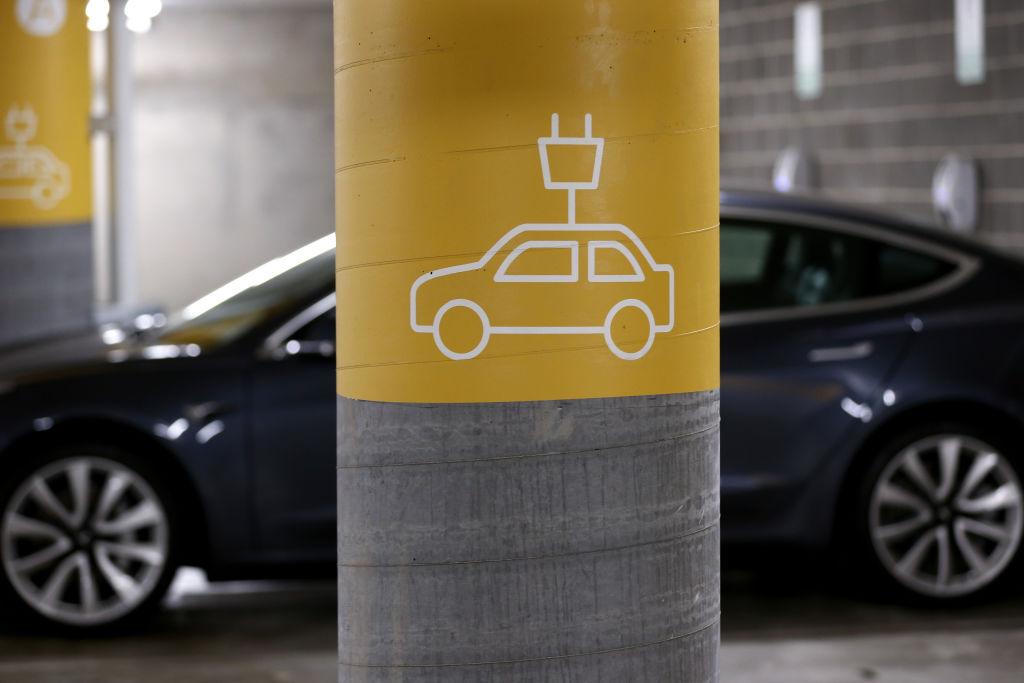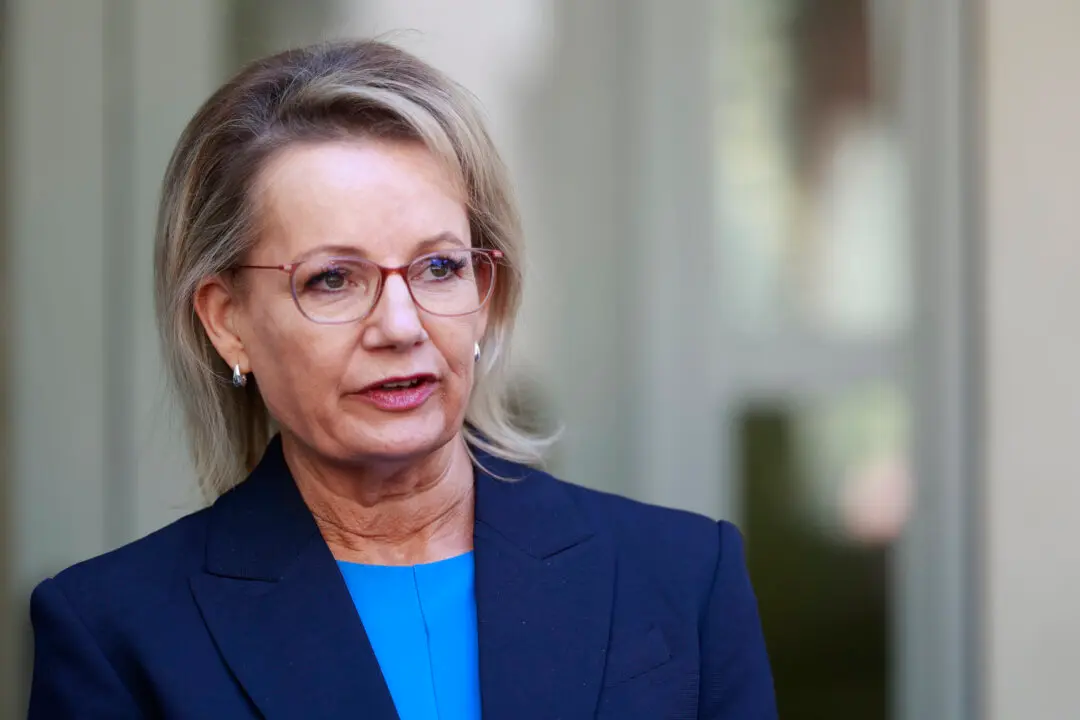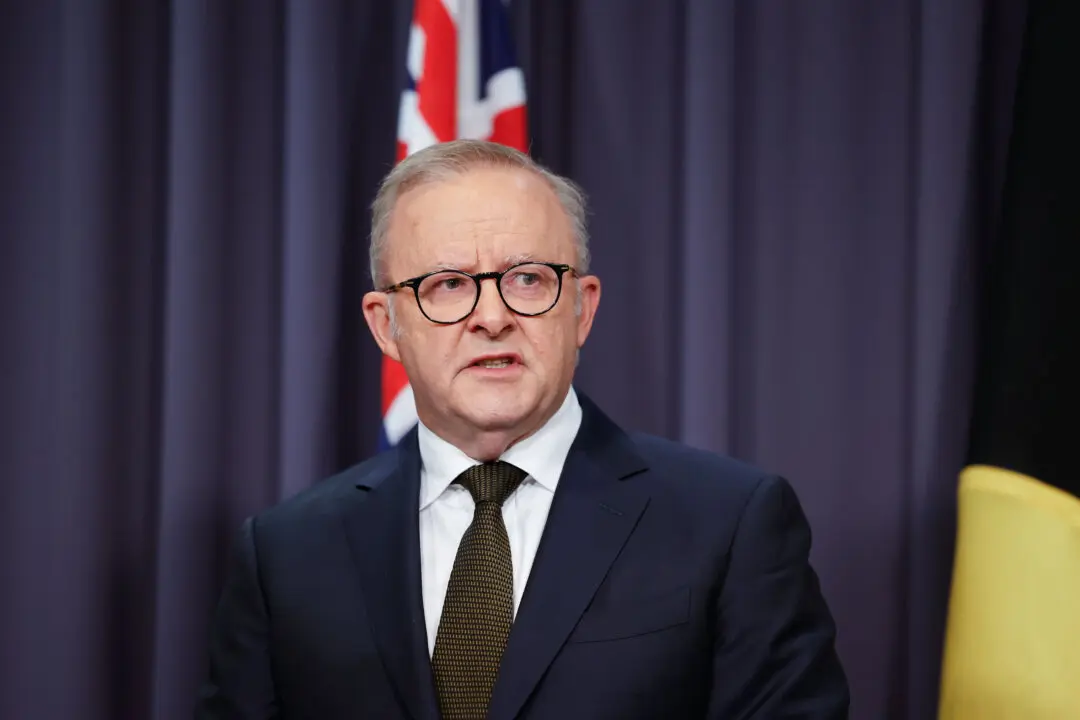The Australian Renewable Energy Agency (ARENA) has allocated $4.8 million to Gelion Technologies Pty Ltd (Gelion) for a new battery system it hopes can become the new standard for renewables.
The $9.6 million project will see Gelion collaborate with prospective customers to refine and test lithium-sulphur (Li-S) and silicon-sulphur (Si-S) battery products at its Advanced Commercial Prototyping Centre in Sydney, New South Wales.





